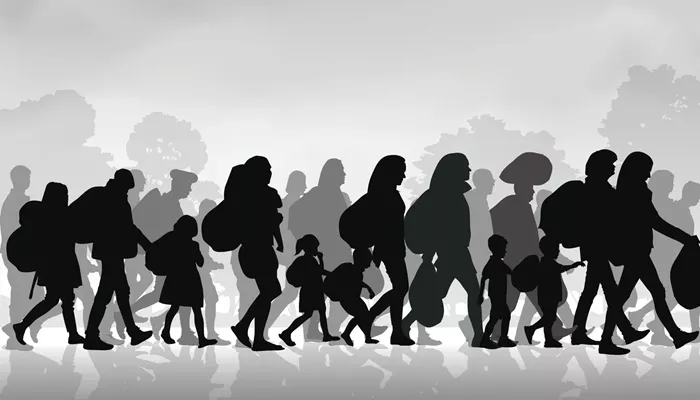Expansion of U.S. Legal Pathways for Mexicans and Northern Central Americans: A New Analysis.
WASHINGTON, DC — Legal pathways for individuals from Mexico and northern Central America seeking to enter the United States have expanded in recent years. This change comes as the U.S. government has increased efforts to manage migration in cooperation with neighboring countries. New research suggests that access to these legal channels may help reduce irregular migration. A recent fact sheet examines the various permanent, temporary, and humanitarian legal pathways available to citizens from Mexico, El Salvador, Guatemala, and Honduras, and how usage of these pathways has evolved.
The Migration Policy Institute (MPI) has released a fact sheet by analysts Ariel G. Ruiz Soto and Andrew Selee, which uses U.S. government data to provide a comprehensive overview of the legal avenues available. These include U.S. permanent and temporary visas as well as humanitarian pathways for individuals from these countries. Family sponsorships for immigrant visas (commonly known as green cards) are a major route for Mexicans and, to a lesser extent, northern Central Americans. The number of these visas has ranged from approximately 80,000 to 120,000 annually over the past decade. This is out of an average of 469,000 green cards issued each year to all new U.S. arrivals from FY 2014 to 2023.
Non-immigrant visa issuance more than doubled for Mexicans and northern Central Americans between FY 2012 and 2019. Their share of all non-immigrant visas increased from 9 percent to 16 percent. By 2023, this share had risen to 20 percent. Non-immigrant visas include H-2 visas for seasonal agricultural and non-agricultural workers, F visas for international students, H-1B visas for specialty occupations, TN visas for professionals, and L-1 visas for intra-company transfers.
Mexicans continue to dominate in the H-2A and H-2B visa categories. They receive over 90 percent of H-2A visas for temporary agricultural workers and more than 70 percent of H-2B visas for temporary non-agricultural workers since FY 2010. While this reflects established recruitment practices, a small but growing number of H-2 visas are being issued to northern Central Americans. In FY 2023, Salvadorans, Guatemalans, and Hondurans received 18 percent of H-2B visas, up from 5 percent three years earlier, marking an eightfold increase.
Refugee resettlement and humanitarian parole have also become more important for allowing entry for Mexicans and northern Central Americans. Humanitarian parole, especially through the CBP One app, has been a significant tool for scheduling admissions at U.S. ports of entry. Between January 2023 and March 2024, Mexicans were the fourth largest nationality to receive appointments through the CBP One app. Together, Mexicans and northern Central Americans accounted for 28 percent of CBP One appointments during this period.
According to Ruiz Soto and Selee, “The pathways available for Mexicans and northern Central Americans seeking to enter the United States legally have expanded gradually. These include visas for seasonal and high-skilled work, green cards for family members of U.S. residents, and refugee resettlement and humanitarian parole. While these pathways represent a small but growing portion of migration from these countries, unauthorized migration remains more prevalent. However, these legal options have the potential to increase and offer safer alternatives to dangerous journeys.”


